Mercedes-Benz is opening the world's most sophisticated crash test centre with the technology centre for vehicle safety (TFS) in Sindelfingen. The new building with its numerous test facilities opens up completely new possibilities, e.g. for vehicle-to-vehicle tests, the configuration of assistance systems and PRE-SAFE®, and for the verification of vehicle concepts using alternative drive systems. A few facts and figures about the crash test centre:
,xPosition=0,yPosition=0.5)
Facts and figures
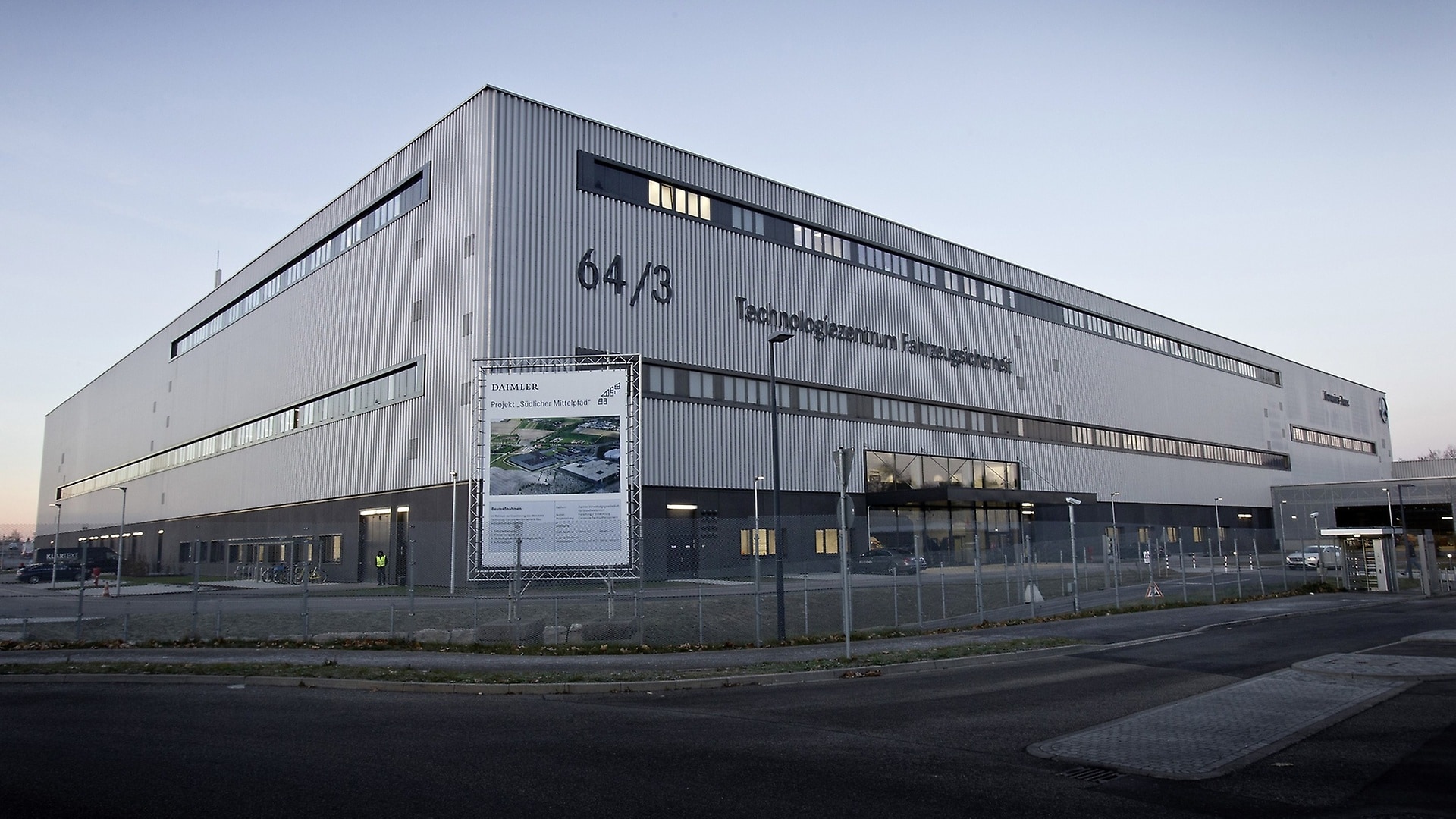
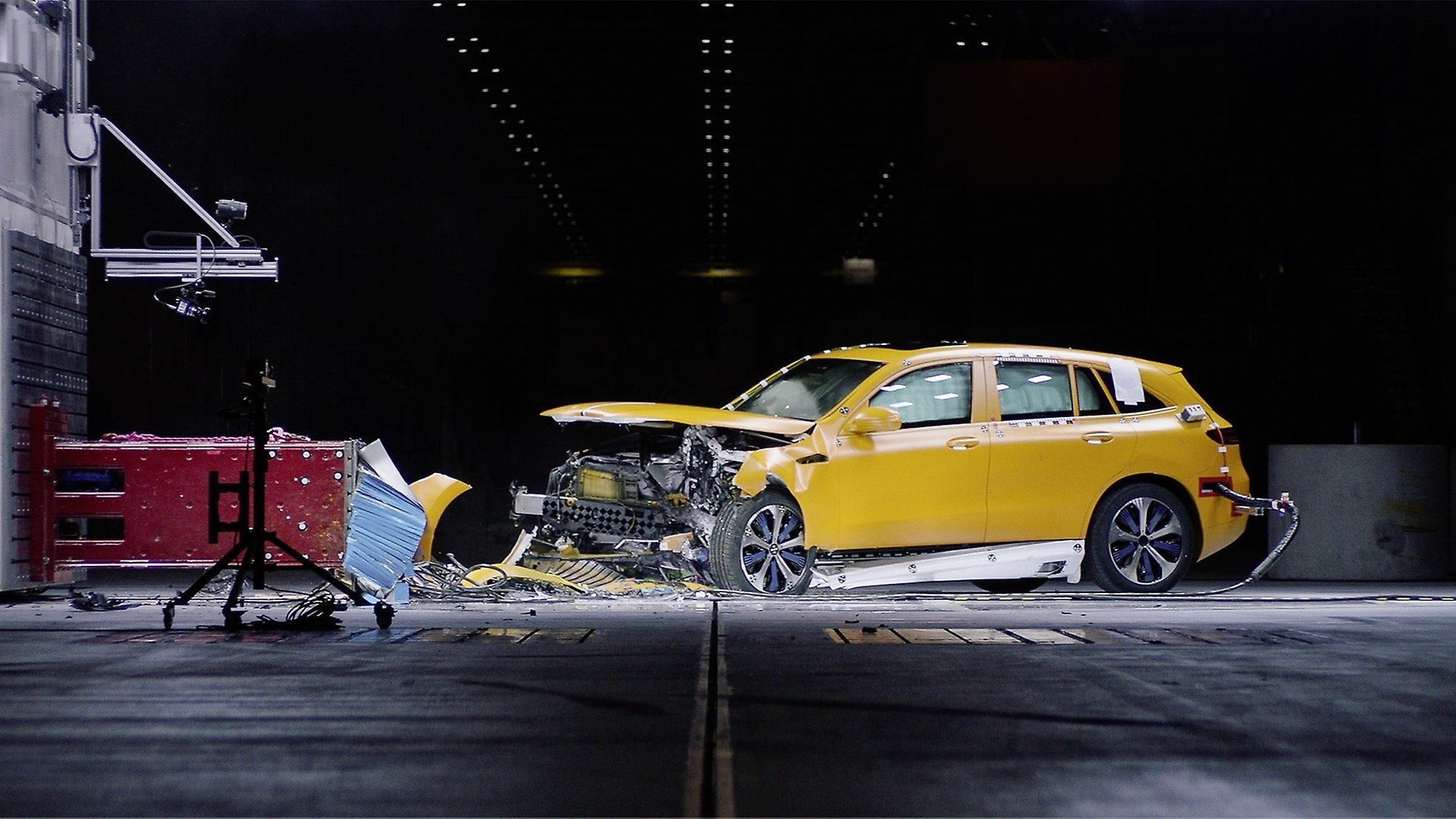
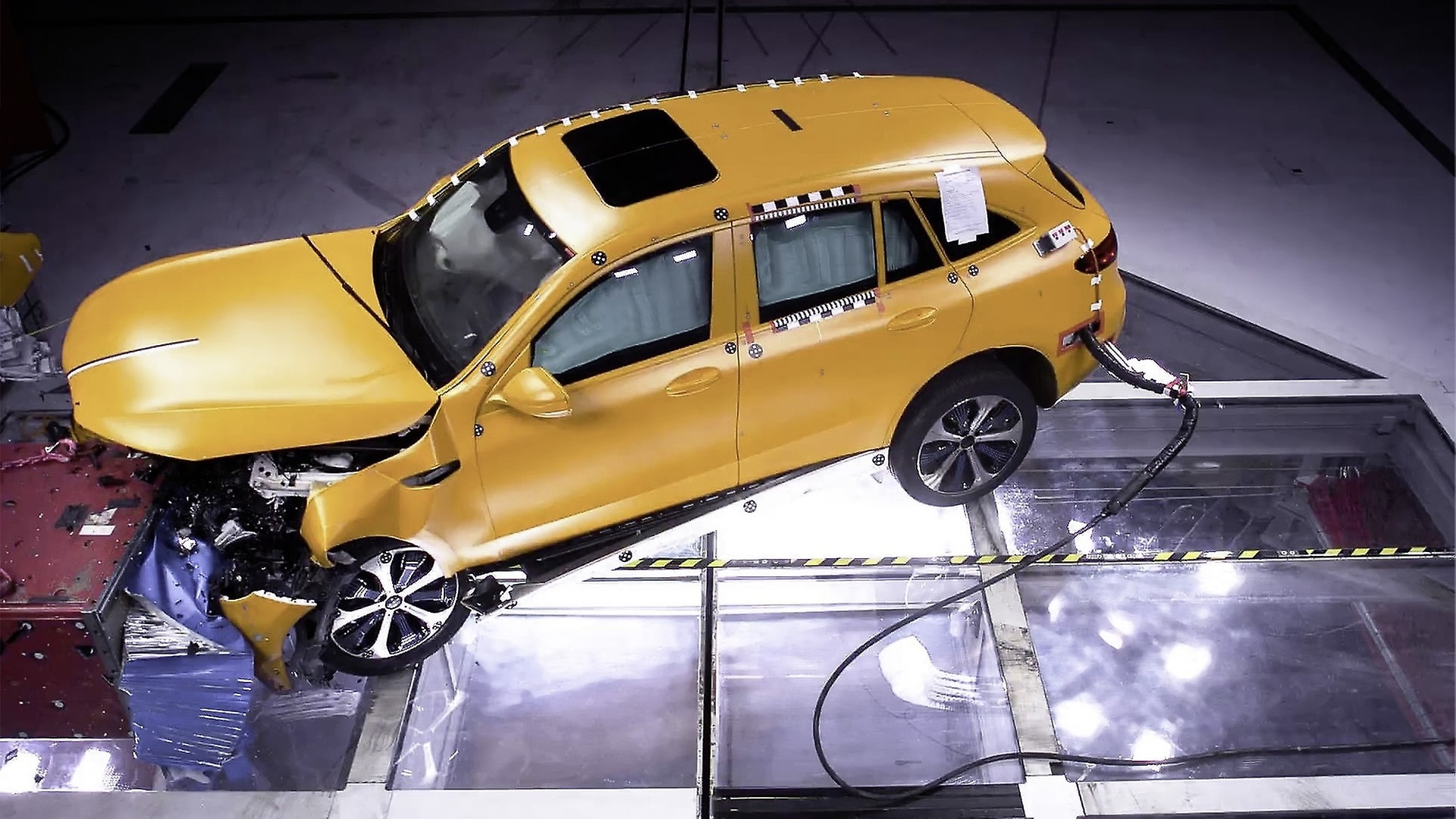
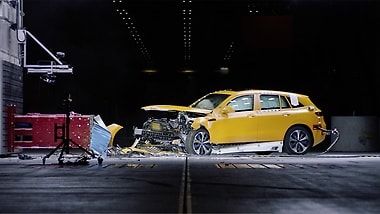


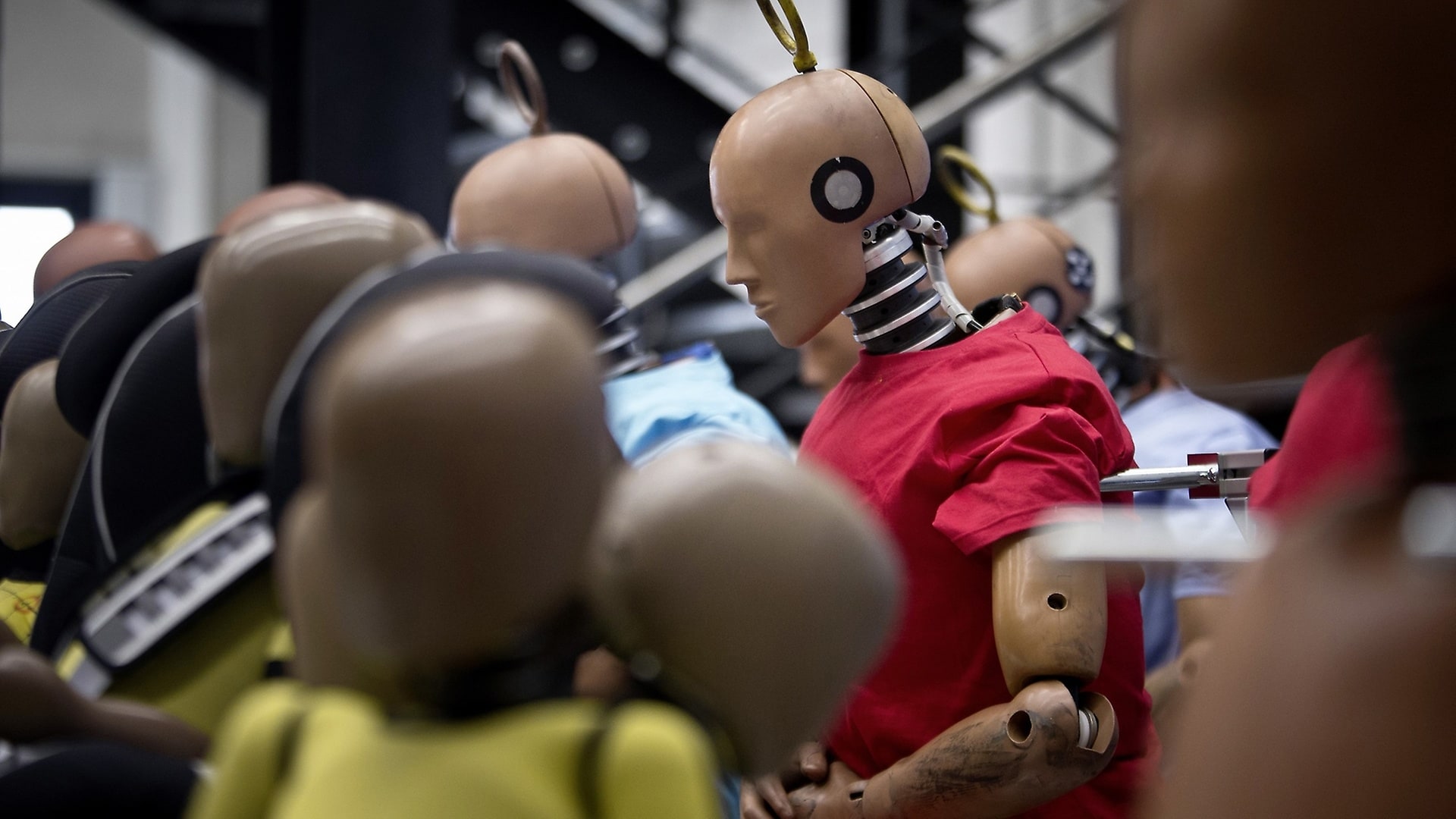
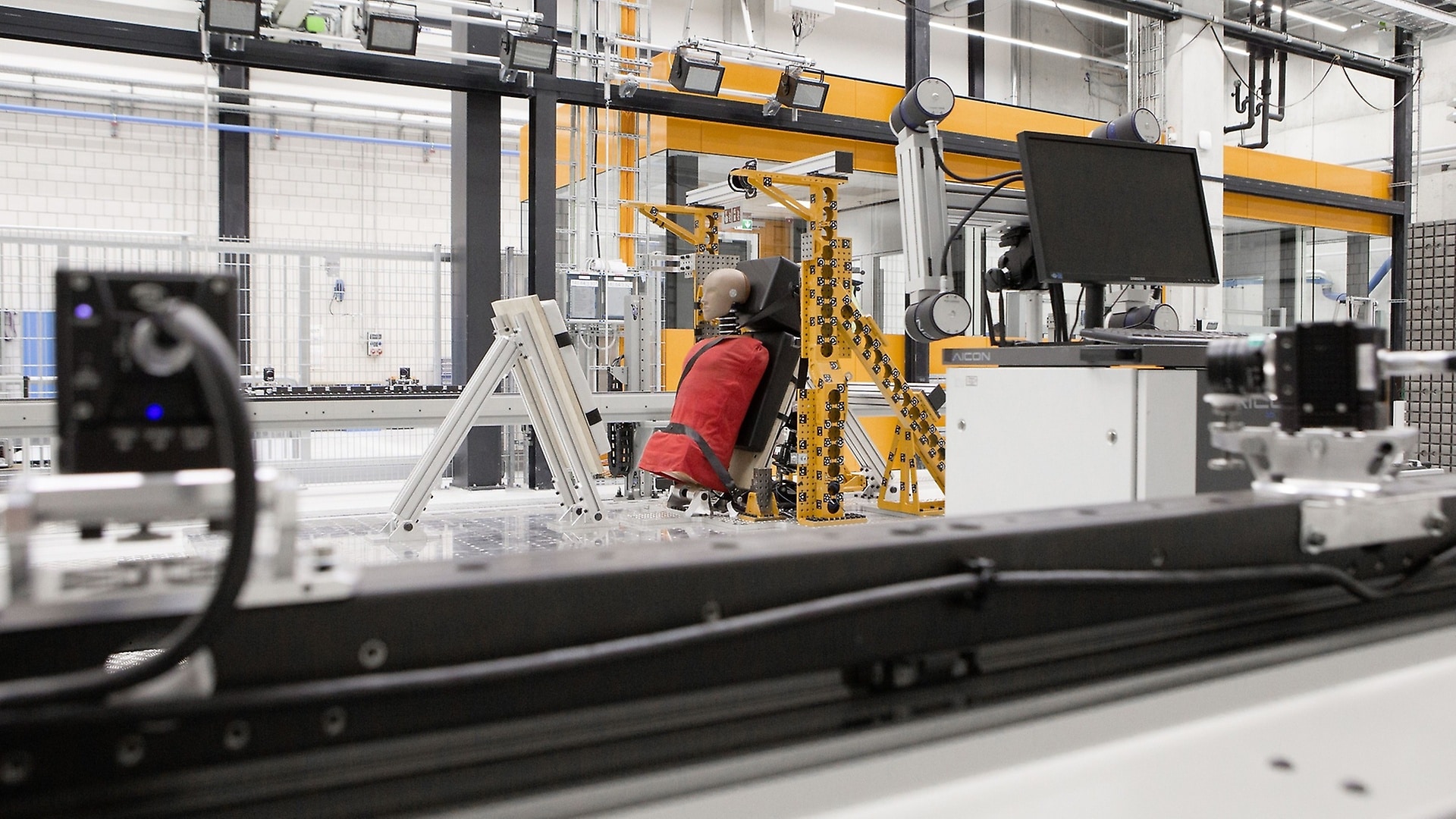
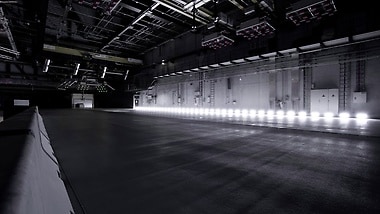
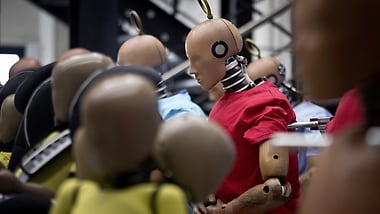
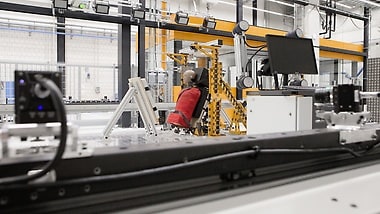
,xPosition=0.5,yPosition=0)
,xPosition=0.5,yPosition=0)
,xPosition=0.5,yPosition=0)
,xPosition=0.5,yPosition=0)